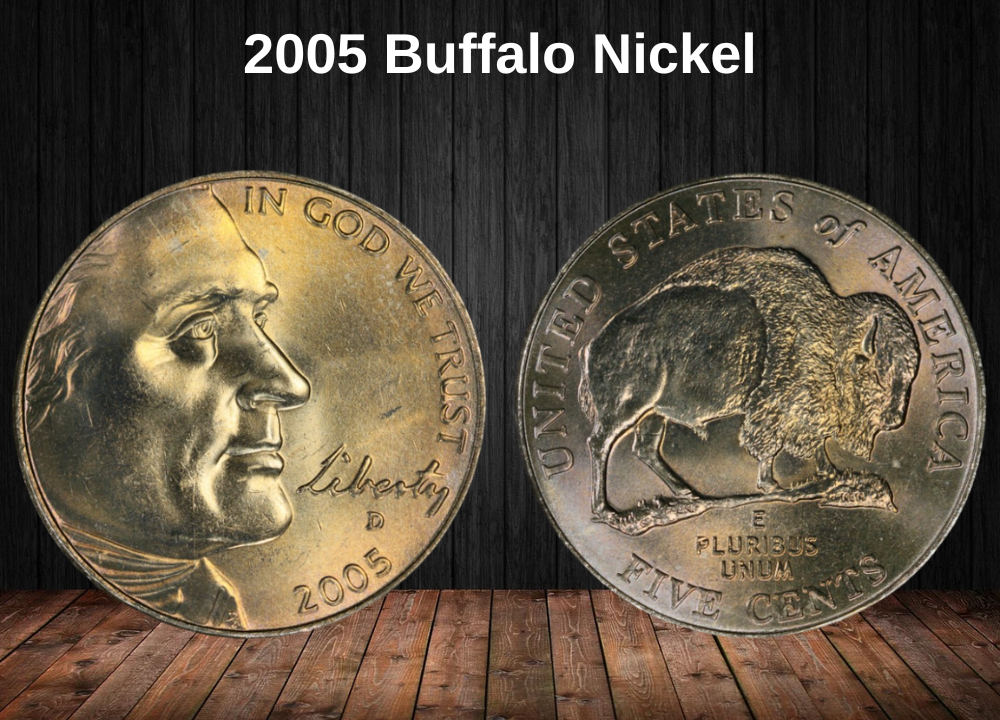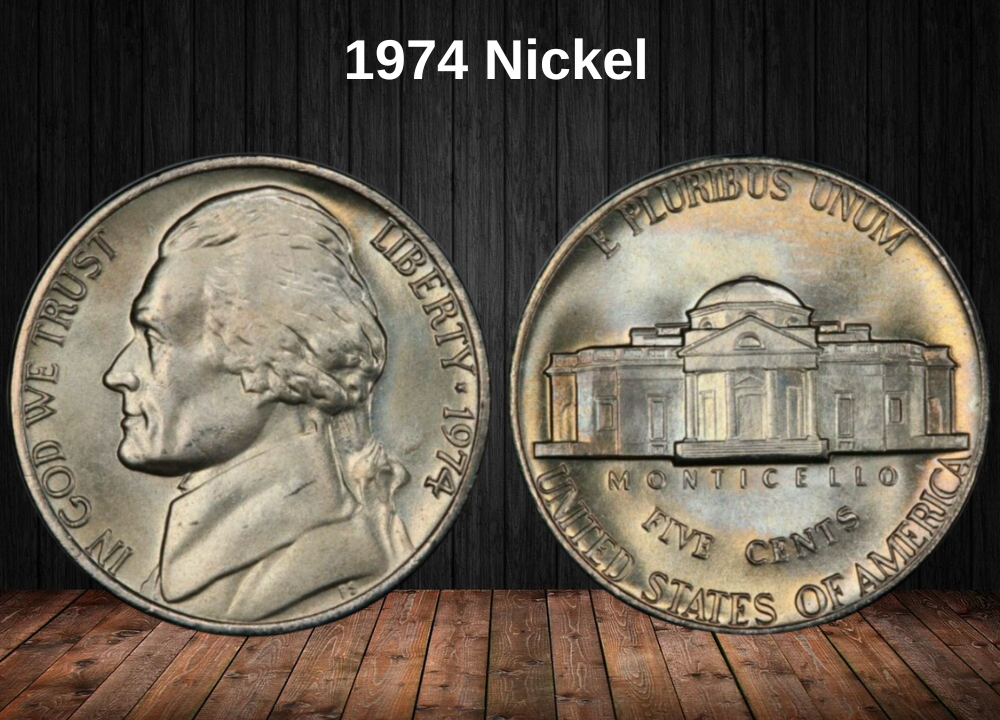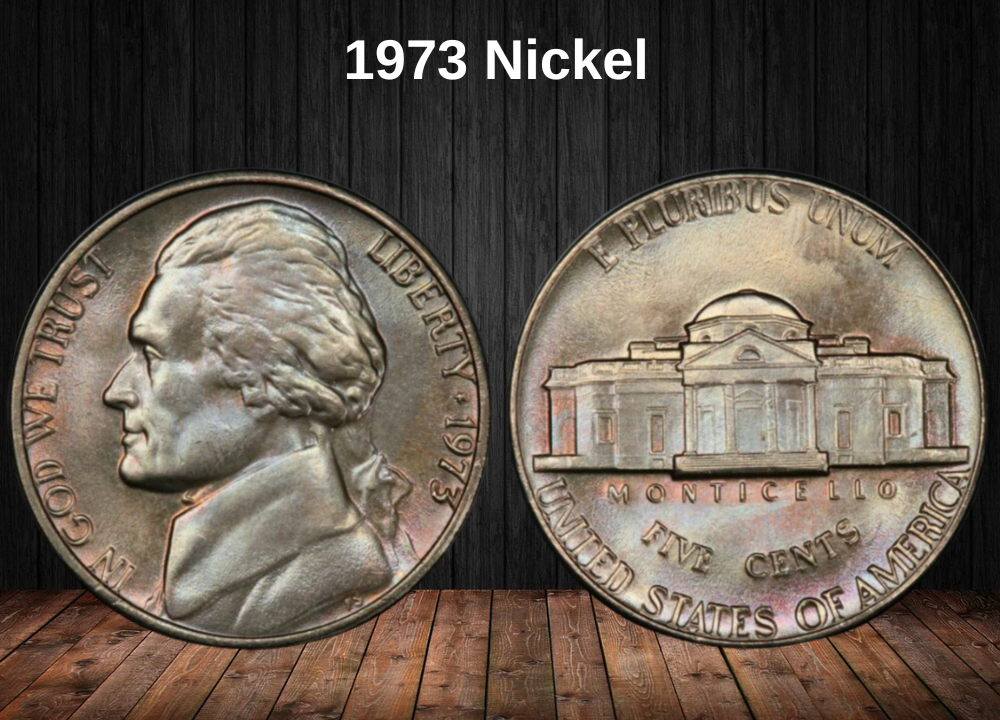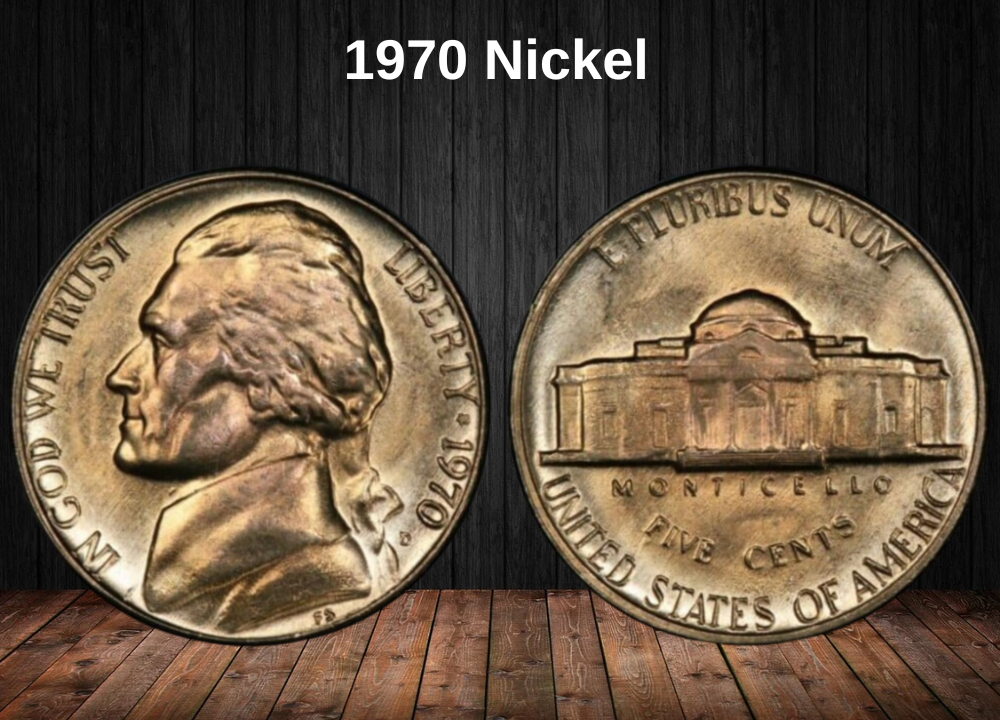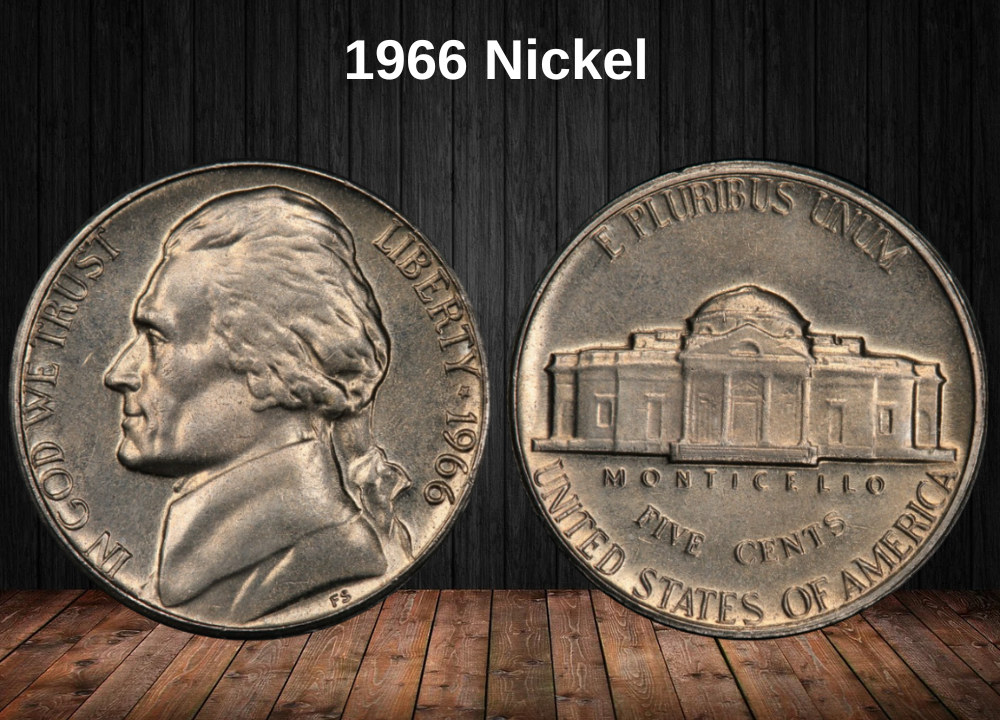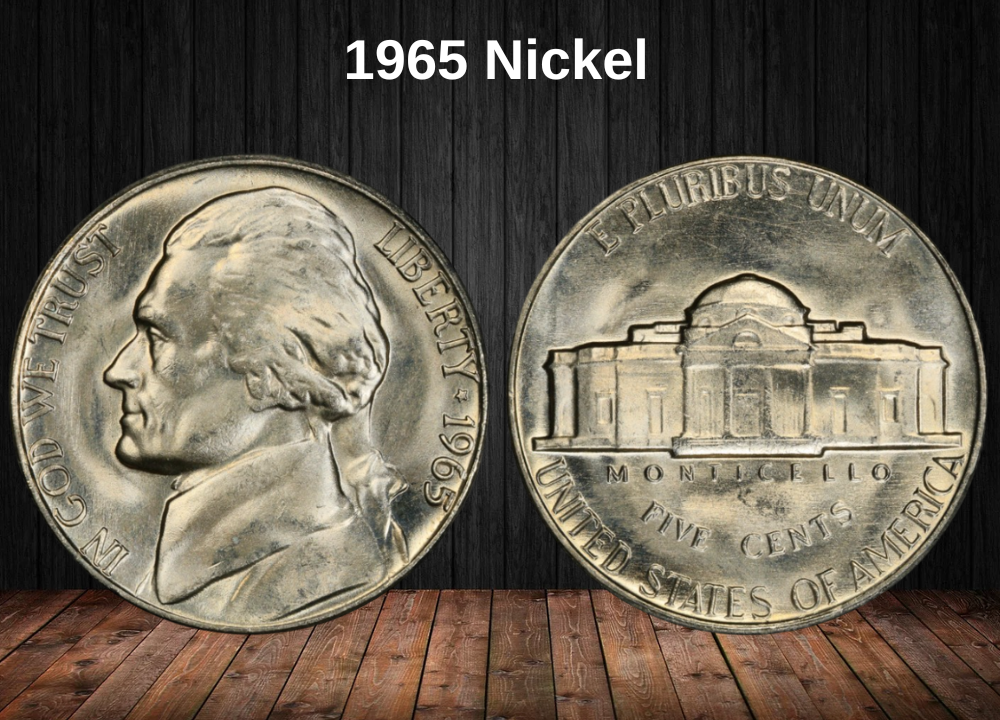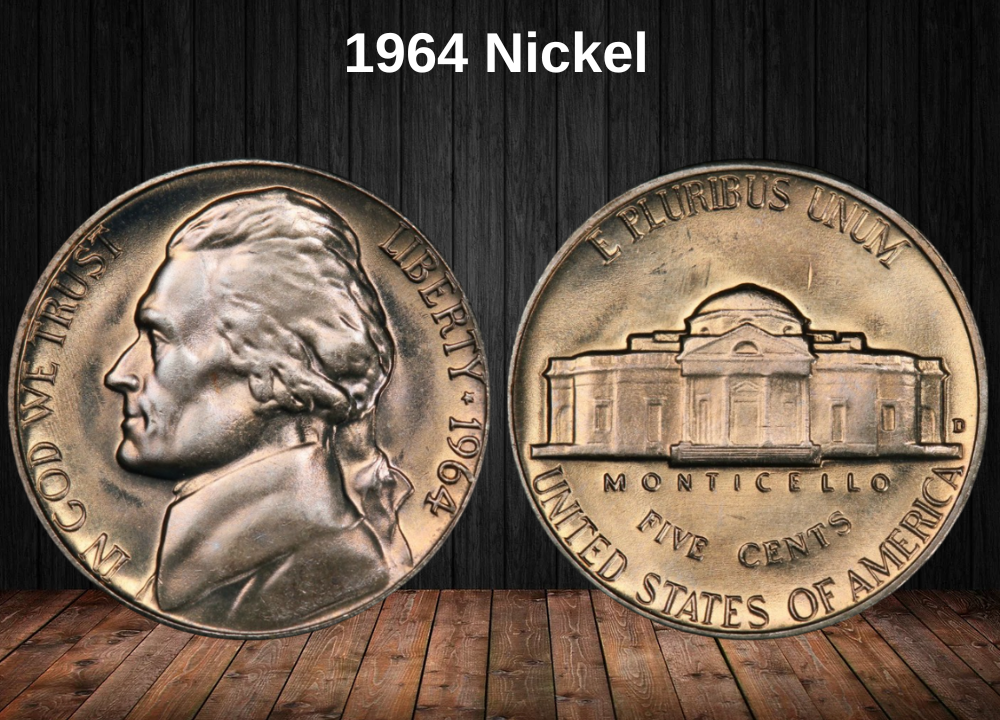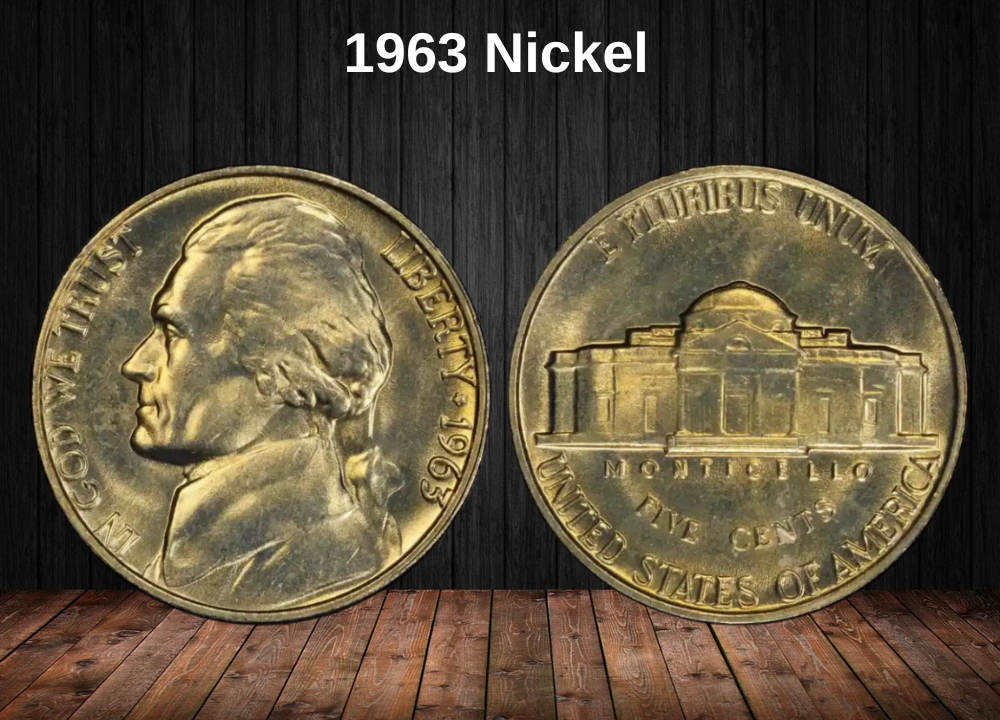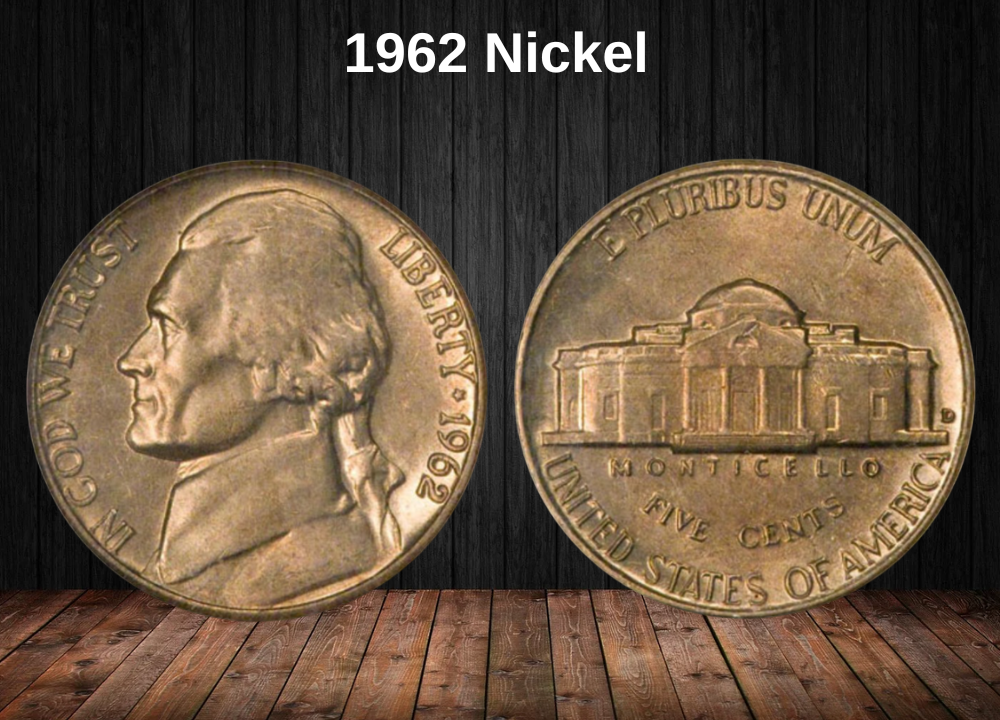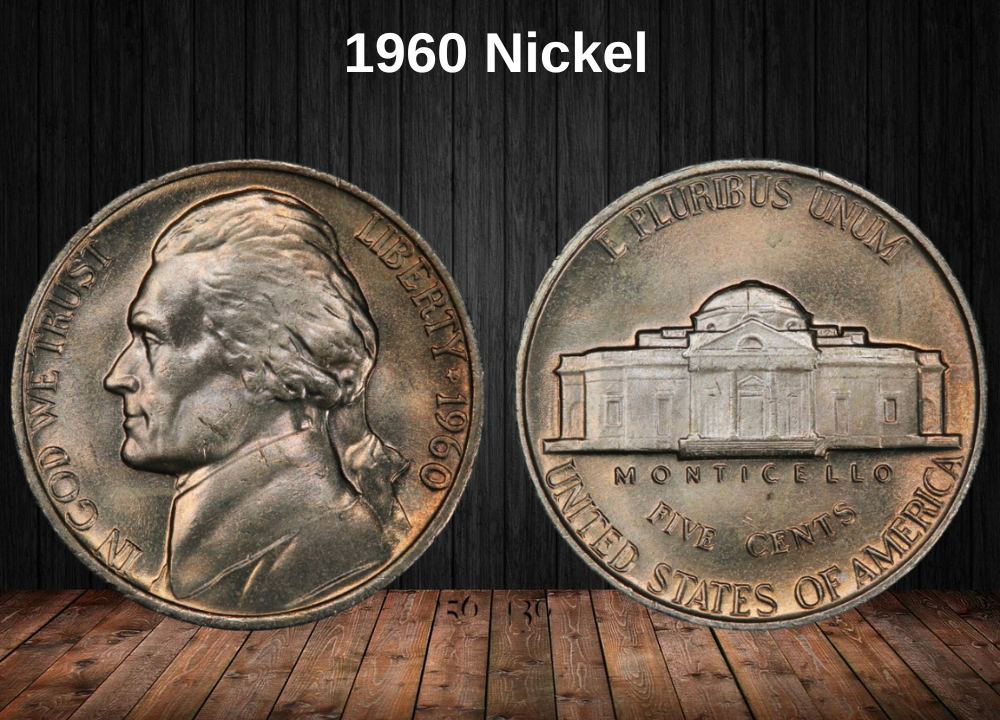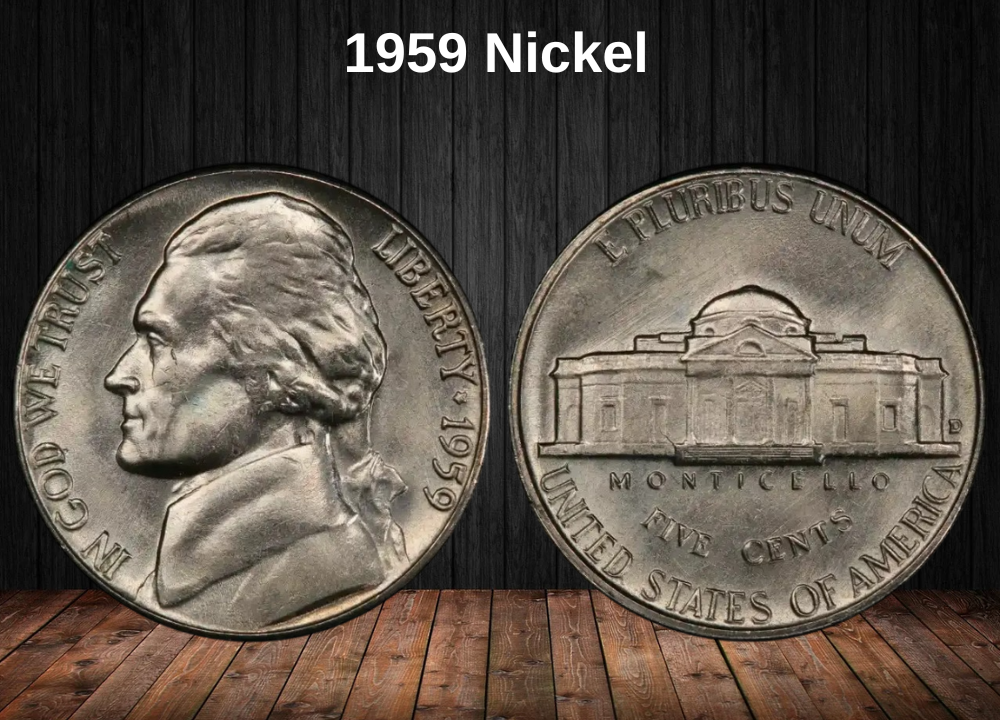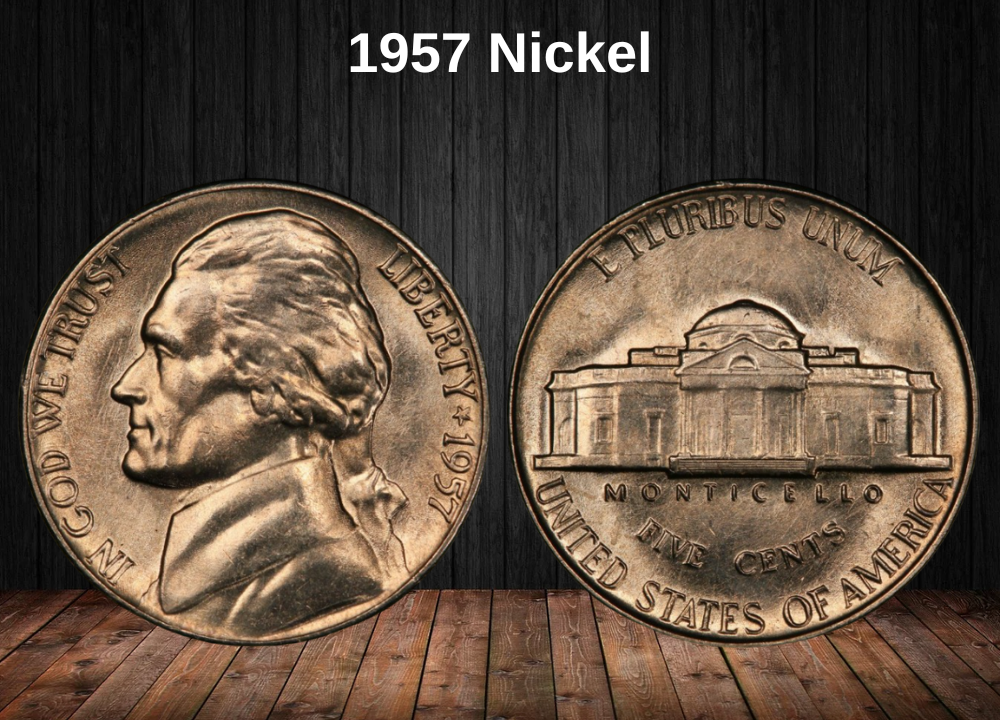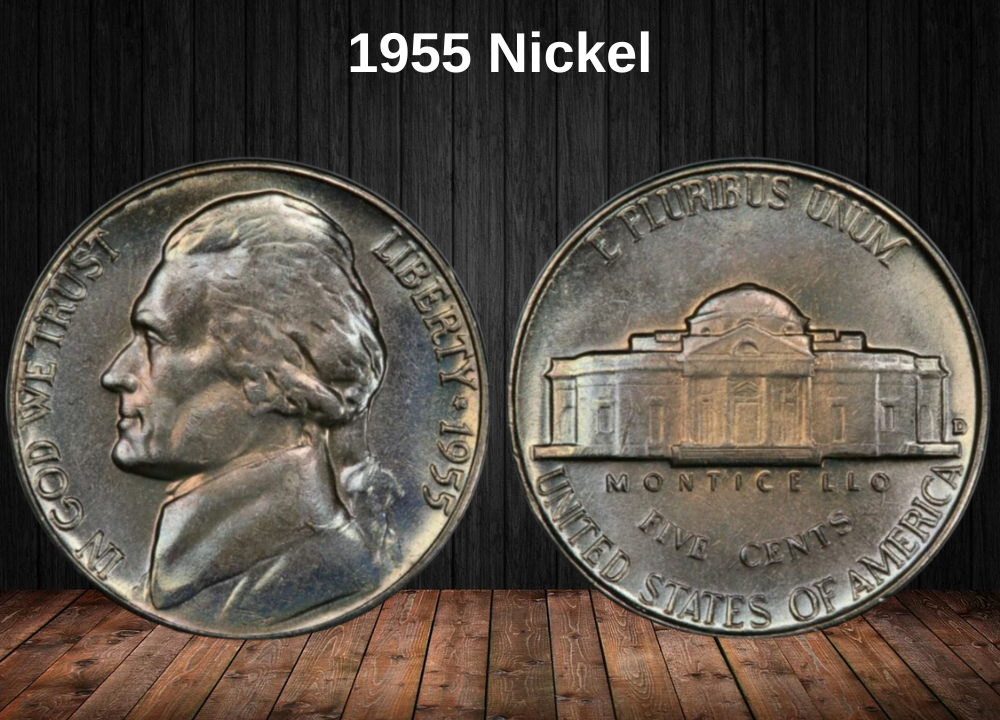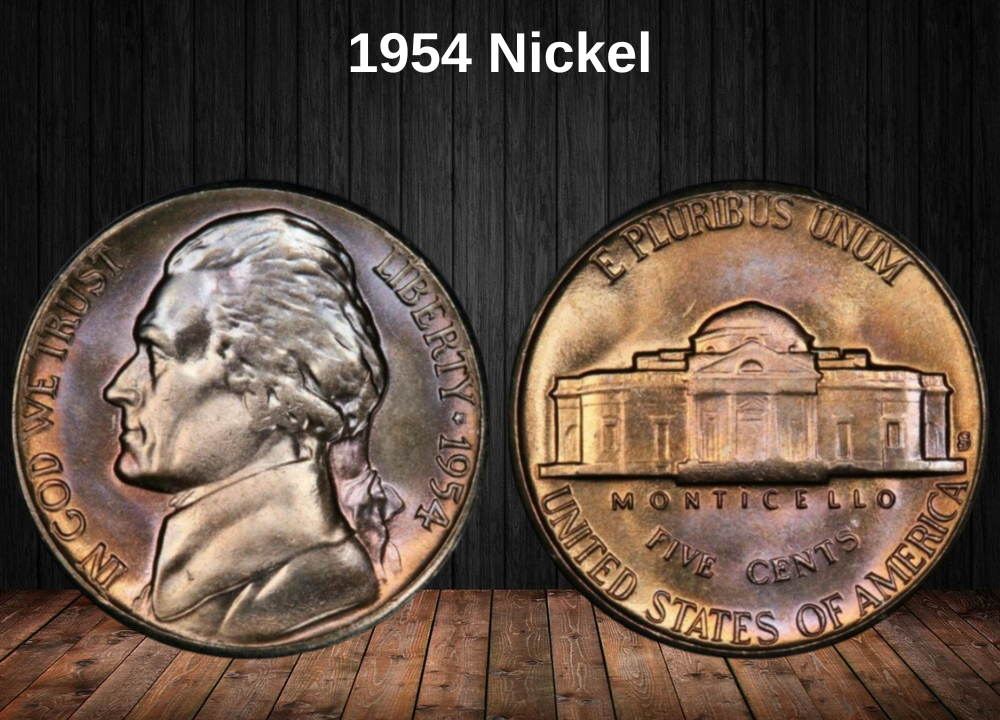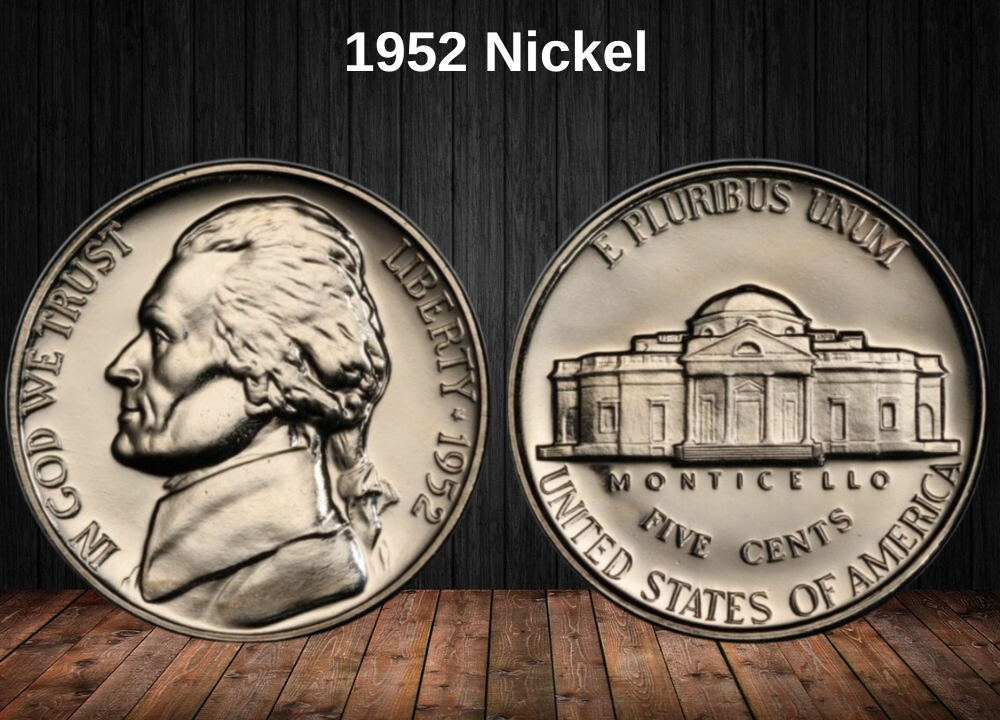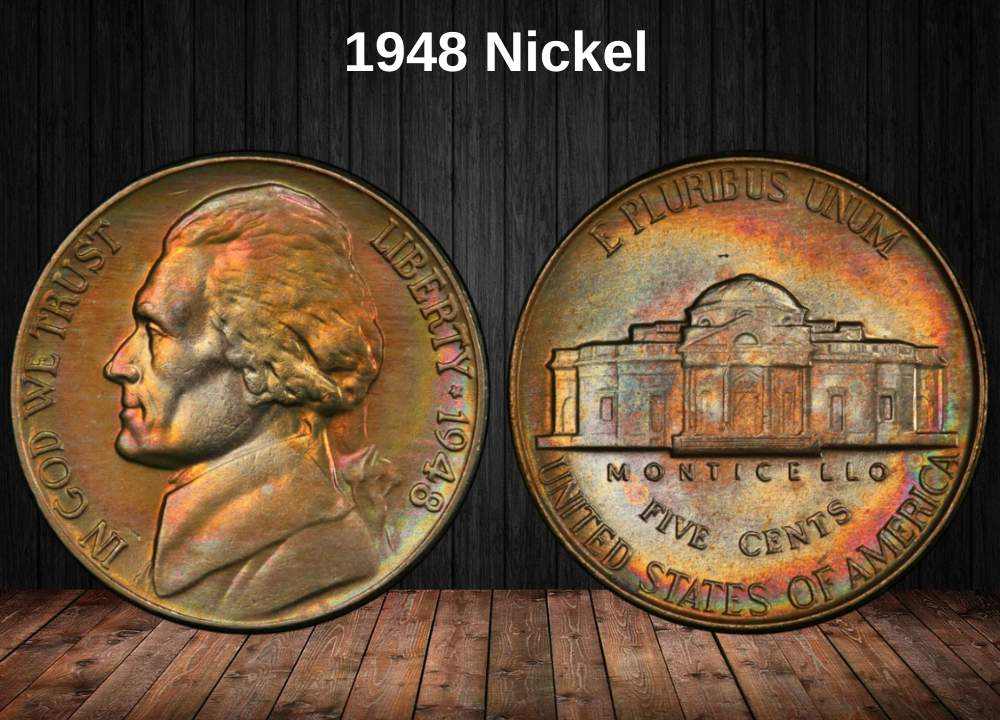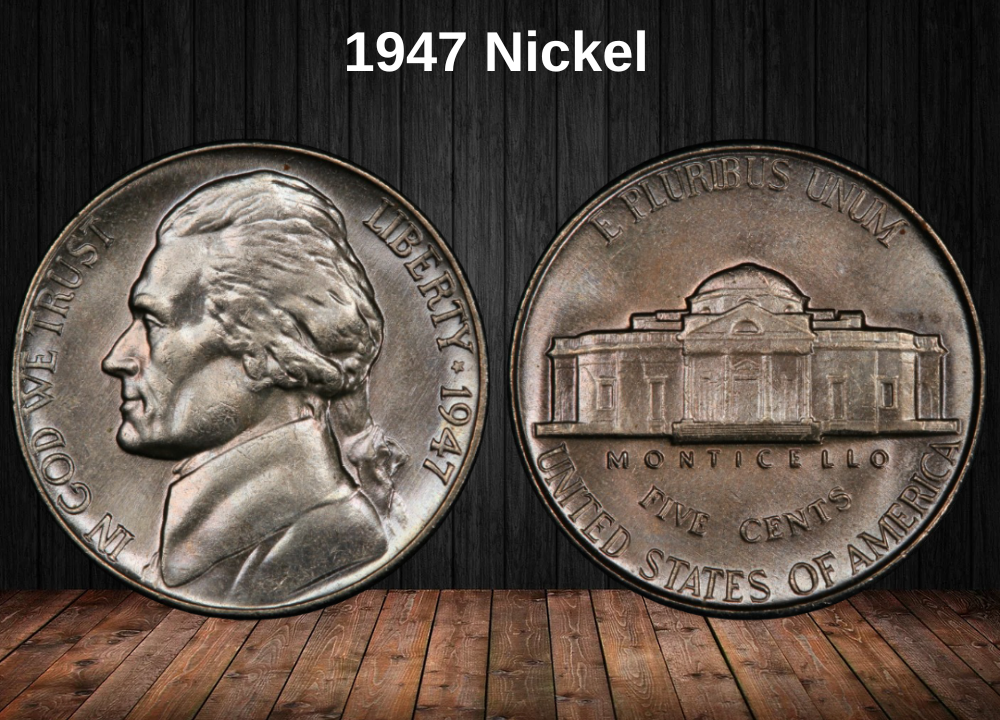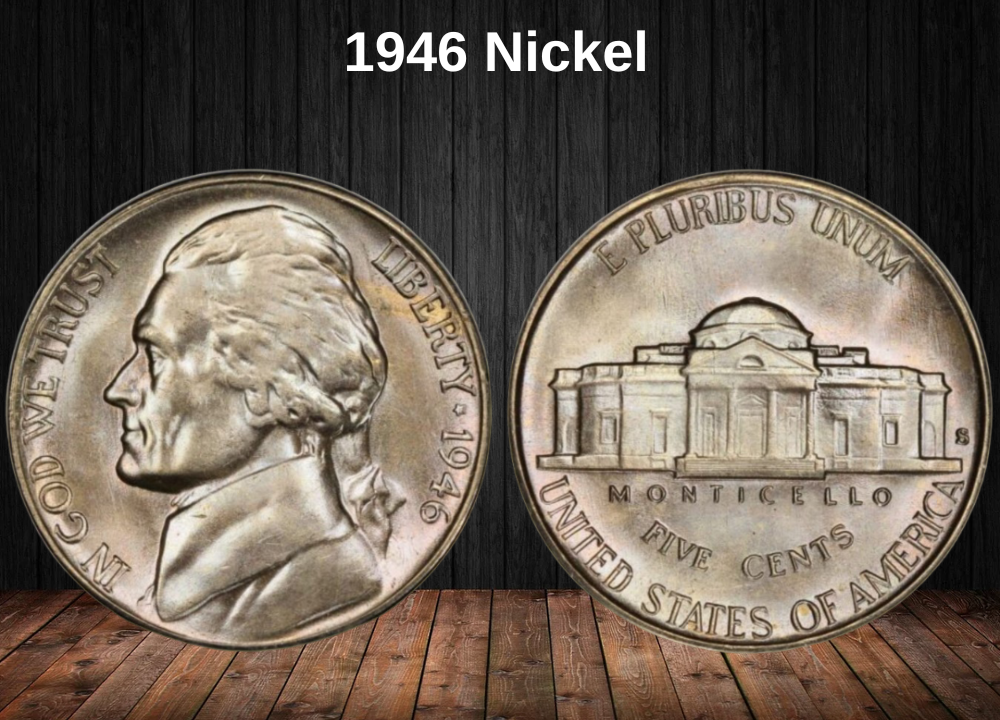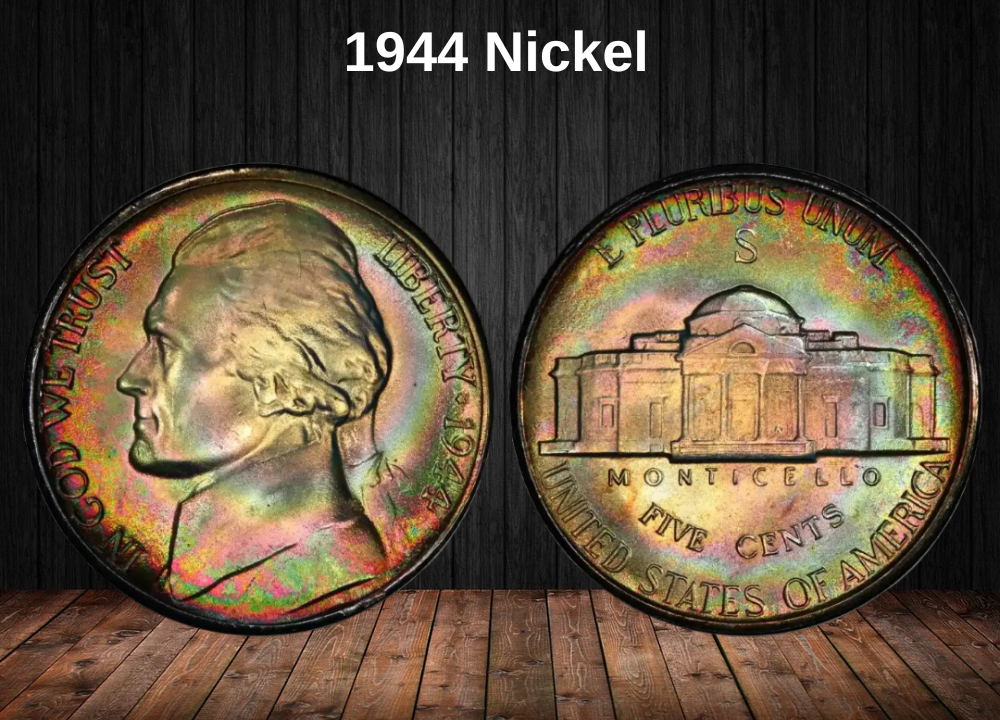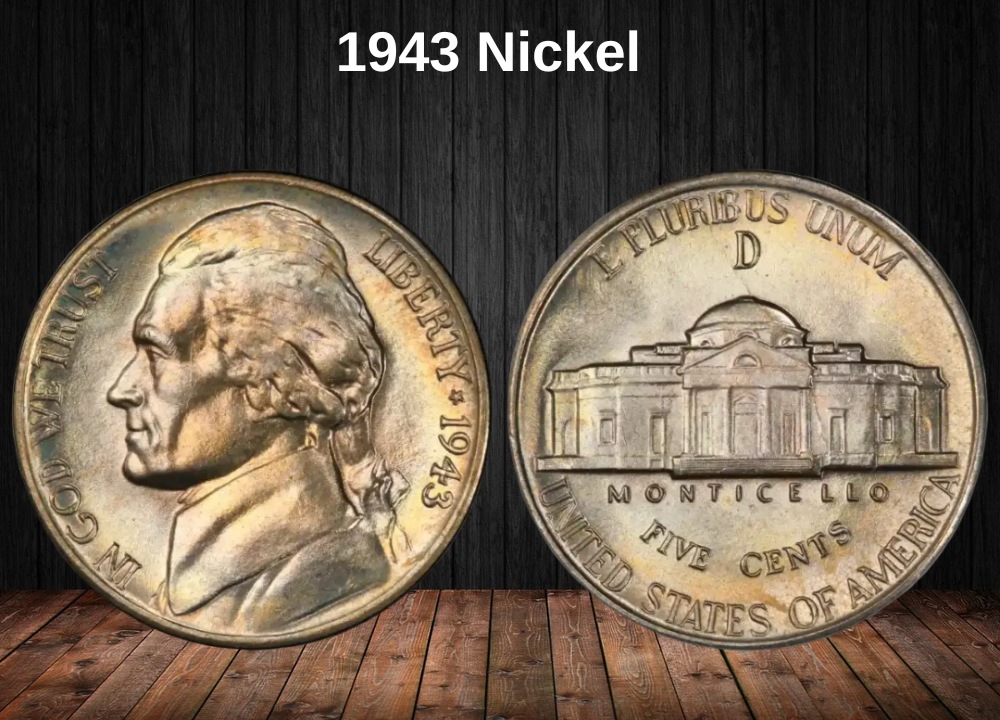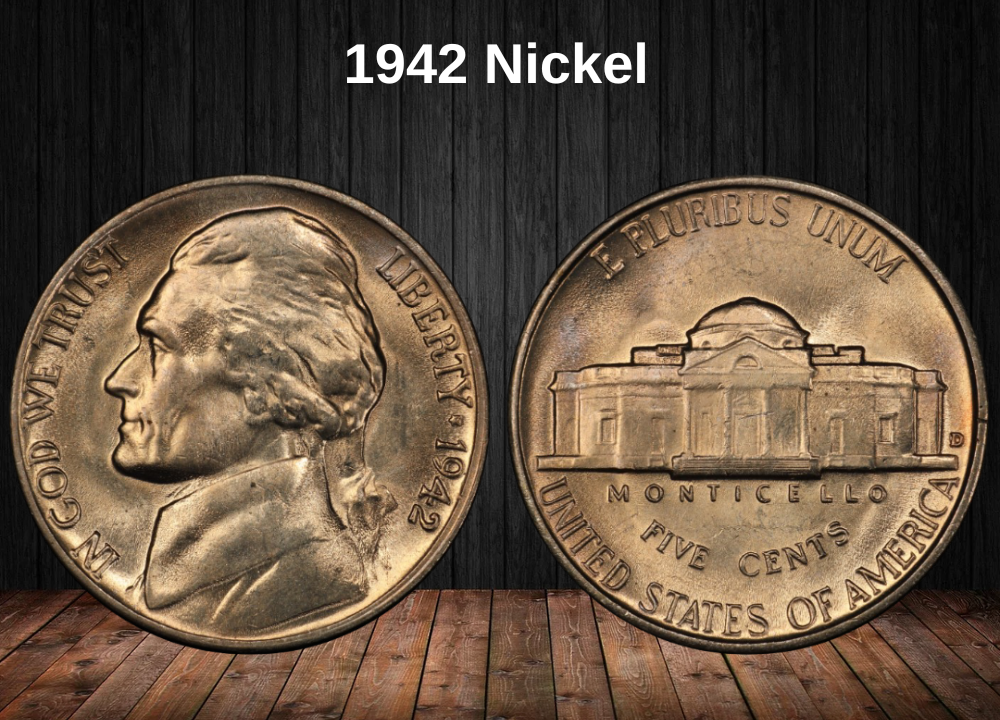The Jefferson nickel has been a staple of American coinage since 1938, and coins from the 1950s tell an important part of that story. While the 1958 Jefferson nickel may seem common at first glance, certain examples—especially in top condition or with rare mint errors—can command impressive prices in today’s coin market.
This detailed guide is designed for two audiences:
- Casual finders who may have stumbled upon a 1958 nickel in a jar of coins or pocket change and want to know if it’s worth keeping.
- Dedicated collectors who want in-depth details about the year’s varieties, grading, values, and errors.
By the end, you’ll know exactly how to evaluate your 1958 nickel, what makes some of them rare, and how to sell them for their full potential value.
1958 Nickel Value Chart
Here’s a quick overview of average retail prices for different mint marks and conditions.
| Condition | 1958 Nickel (No Mint Mark) | 1958-D Nickel | 1958 Proof Nickel |
|---|---|---|---|
| MS60 | $2 | $2 | — |
| MS65 | $22 | $15 | — |
| PR65 | — | — | $12 |
💡 Note: Coins with Full Steps (FS), Deep Cameo (DCAM) proof finish, or major mint errors can be worth far more than the prices above.
History of the 1958 Jefferson Nickel
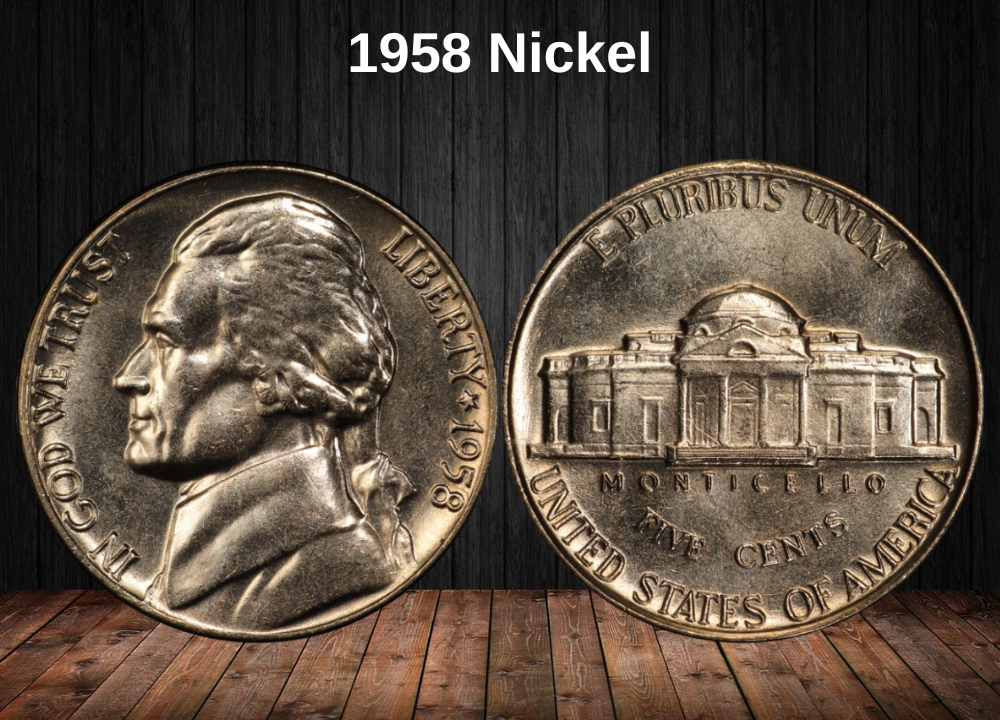
The Jefferson nickel was introduced in 1938, replacing the Buffalo nickel after 25 years of production. German-born sculptor Felix Schlag designed the coin, featuring a left-facing portrait of Thomas Jefferson on the obverse and a straight-on view of his home, Monticello, on the reverse.
By 1958, the design had been in use for two decades with minimal changes. The coin was struck during a period of post–World War II economic growth, when coin collecting had become a popular hobby in the United States. The Mint produced high numbers of nickels to meet both everyday circulation needs and collector demand.
1958 Jefferson Nickel Types
The U.S. Mint produced three main varieties of the 1958 nickel:
- Philadelphia (No Mint Mark) – Circulation strikes; mintage of 17,088,000.
- Denver (“D” Mint Mark) – Circulation strikes; mintage of 168,249,120.
- Philadelphia Proofs – Special collector coins; mintage of 875,652.
Total mintage: 186,212,772 coins.
Features of the 1958 Jefferson Nickel
Felix Schlag’s design remained consistent from 1938 to 2004, when it was finally updated. The 1958 version contains a few small characteristics that make it distinct.
The Obverse
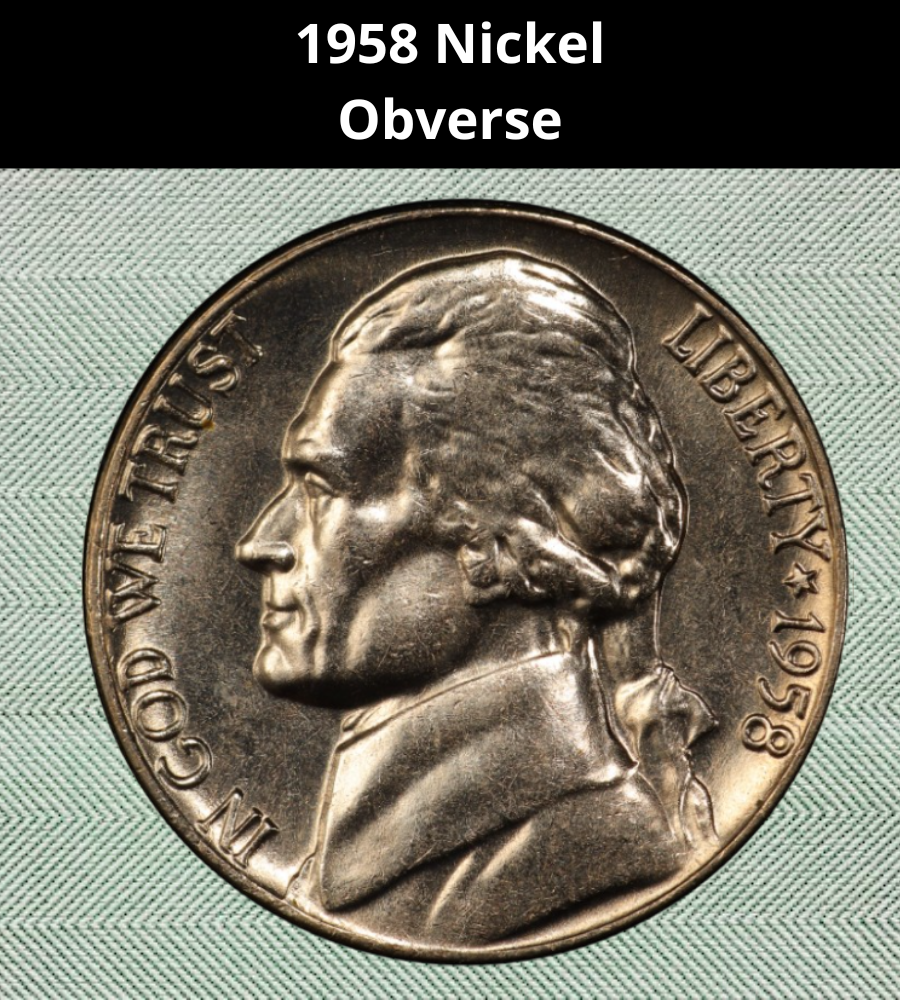
- Portrait of Thomas Jefferson facing left.
- IN GOD WE TRUST along the left rim.
- LIBERTY ★ 1958 on the right, with a five-pointed star between the word and the date.
- The star in 1958 (and 1957) was slightly larger than in other years, a detail engraved by hand.
The Reverse
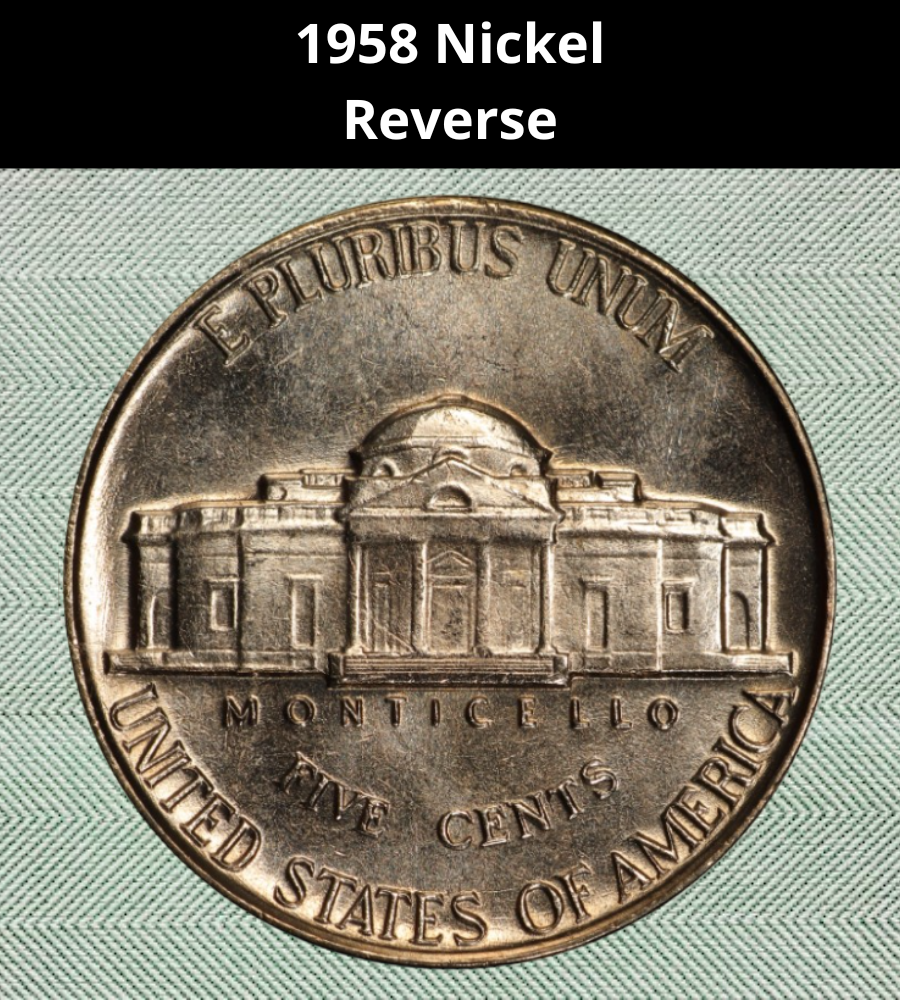
- Straight-on image of Monticello.
- E PLURIBUS UNUM along the top rim.
- “MONTICELLO” directly beneath the building.
- “FIVE CENTS” and “UNITED STATES OF AMERICA” at the bottom.
- Denver coins have a “D” mint mark to the right of Monticello; Philadelphia coins have no mint mark.
Physical Specifications
- Face value: 5 cents
- Diameter: 21.2 mm (0.835 inches)
- Thickness: 1.95 mm (0.07677 inches)
- Weight: 5 grams (0.17637 ounces)
- Composition: 75% copper, 25% nickel
- Edge: Plain
1958 Jefferson Nickel Grading
Grading is essential for determining a coin’s market value. Most 1958 nickels in circulation have minimal value above face, but higher-grade coins—especially with the Full Steps designation—can be highly collectible.
Full Steps (FS)
A Jefferson nickel earns the FS designation if the steps on Monticello are fully struck and clearly separated.
- 5FS = Five visible steps.
- 6FS = Six visible steps.
Sheldon Scale Overview
- 1–3: Poor to Fair
- 4–6: Good
- 7–10: Very Good
- 12–15: Fine
- 20–30: Very Fine
- 40: Extremely Fine
- 50: About Uncirculated
- 60–70: Mint State
1958 Jefferson Nickel Value Guides
1958 No Mint Mark (Philadelphia)
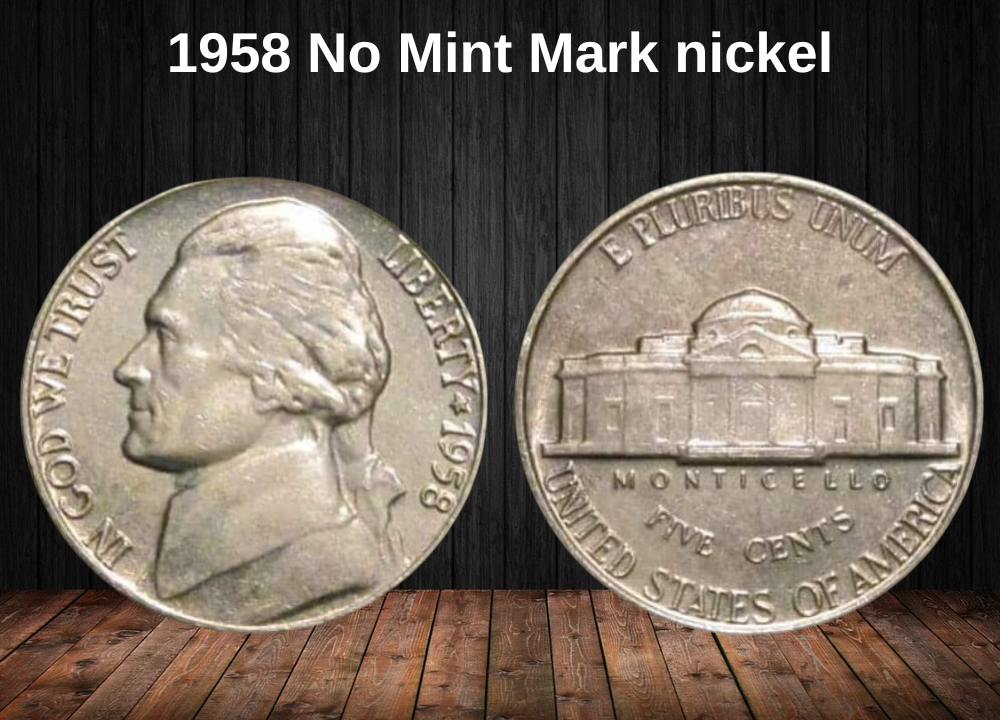
Philadelphia struck 17,088,000 nickels in 1958. Circulated pieces are worth around 6–9 cents. Mint State coins can range from $0.10 to $38. MS66 examples sell for around $50.
Full Steps examples are far more valuable:
- MS63 FS: $24
- MS64 FS: $28
- MS65 FS: $400
- MS66 FS: $4,150
- Record: $13,513 (MS66+ FS, Legend Rare Coin Auctions, 2019).
1958-D (Denver)
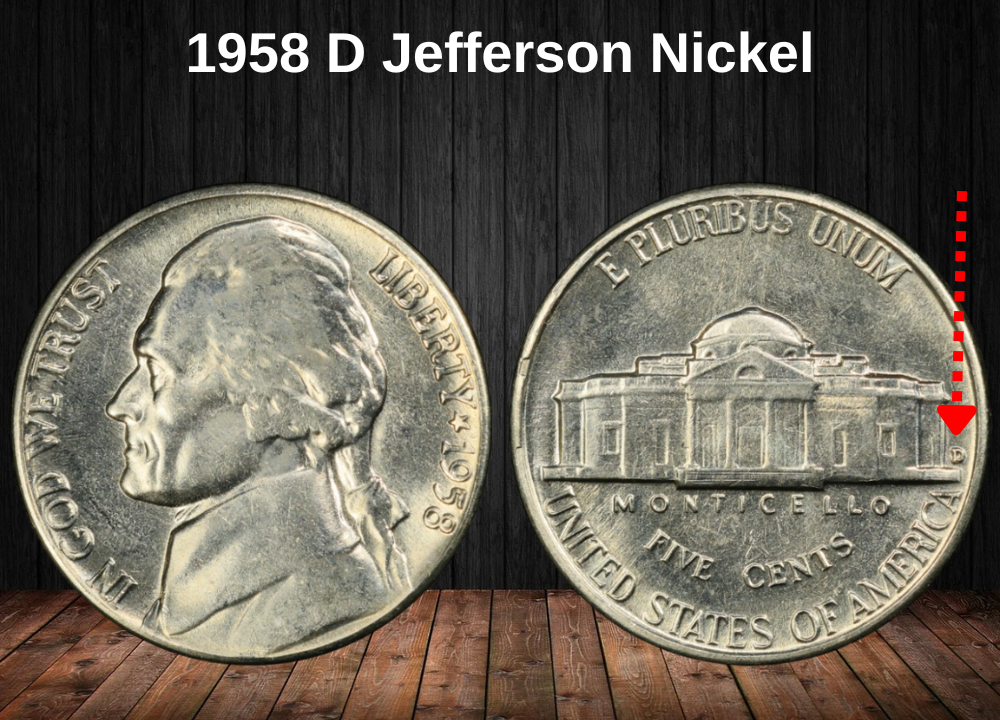
With over 168 million produced, most 1958-D nickels are common. Circulated coins are worth 6–9 cents; MS66 examples are worth around $50, and MS67 coins can reach $750.
Full Steps examples:
- MS64 FS: $20
- MS65 FS: $28
- MS66 FS: $50
- MS67 FS: $800
- Record: $6,325 (MS67 FS, Heritage Auctions, 2008).
1958 Proof (Philadelphia)
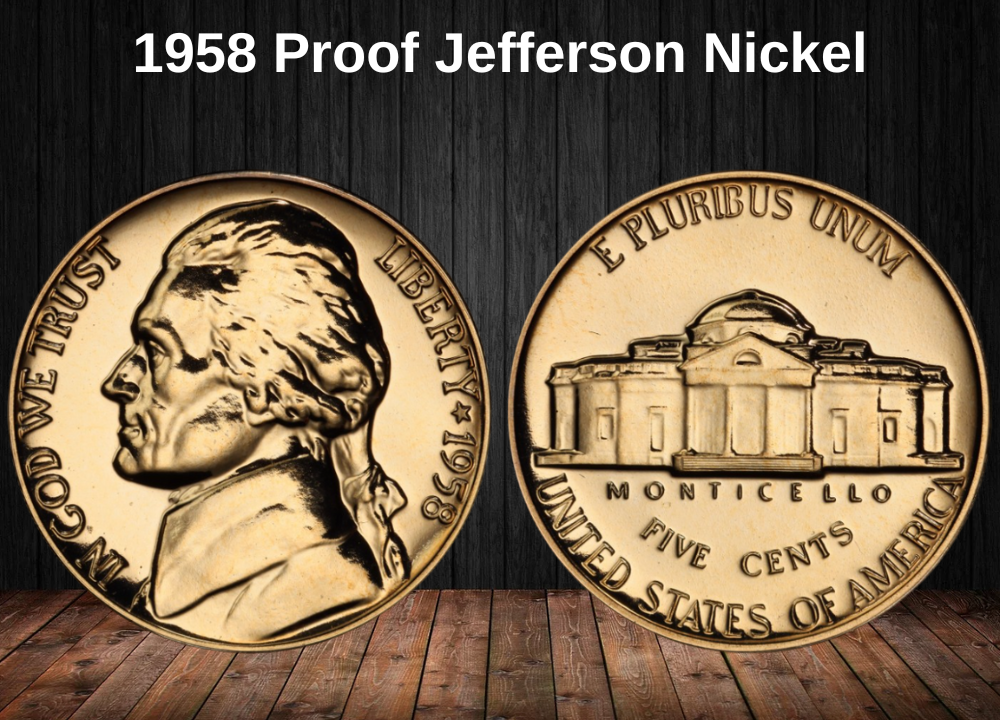
The Philadelphia Mint struck 875,652 proof nickels in 1958. Standard proofs are common, but Cameo (CAM) and Deep Cameo (DCAM) proofs are rare and valuable.
DCAM prices:
- PR66 DCAM: $900
- PR67 DCAM: $2,750
- PR68 DCAM: $3,000
- PR69 DCAM: $10,500
Cameo proofs:
- PR66 CAM: $36
- PR67 CAM: $42
- PR68–PR69 CAM: $135–$725
Rare 1958 Jefferson Nickel Errors List
The 1958 Jefferson nickel series contains several minting mistakes that can dramatically increase a coin’s desirability and value. Below is a detailed breakdown of the most notable errors collectors seek:
Inverted D Mint Mark
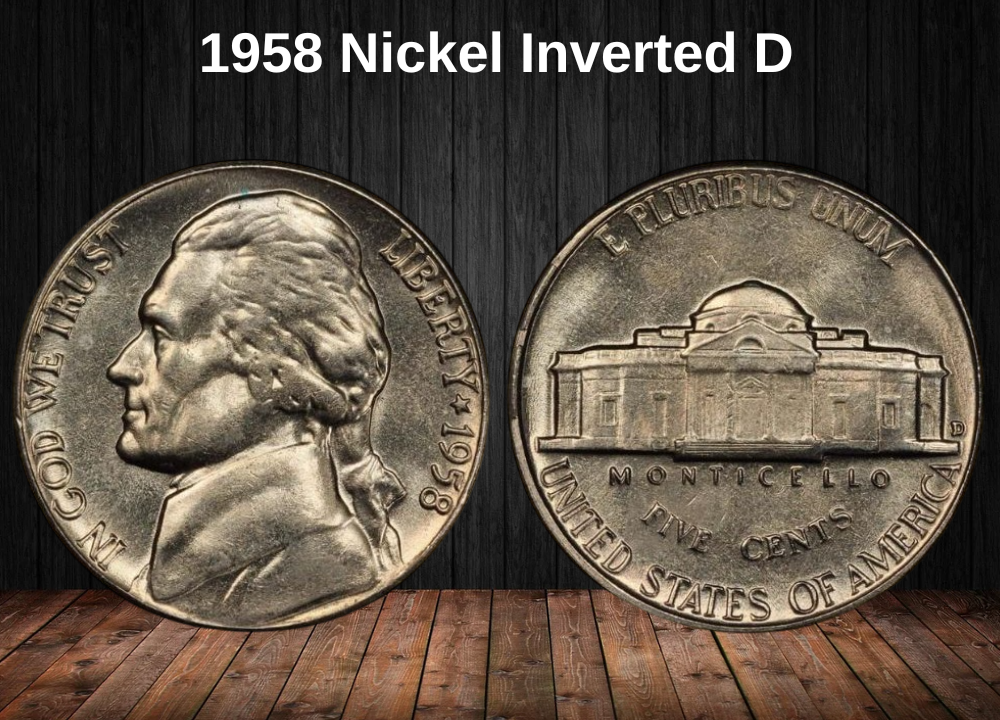
- Description: Found only on 1958-D nickels, this error occurs when the Denver mint mark was punched into the die upside down. Since mint marks in 1958 were applied by hand, human error could result in an inverted “D.”
- How to Spot: Under magnification, the “D” will appear rotated from its normal orientation, sometimes looking almost backward.
- Value: Regular examples average around $15, but coins in pristine condition with the Full Steps designation can command $1,000 or more. These high-grade examples are rare and highly sought after in the error-collecting community.
Re-punched Mint Mark (RPM)
- Description: This error happens when the mint worker accidentally punches the “D” more than once into the die, resulting in a visible doubling, misalignment, or sideways placement of the mint mark.
- How to Spot: Look for shadows, outlines, or an extra impression of the “D” in front, behind, above, or below the main mint mark.
- Value: Minor RPMs might bring $3–$25, but dramatic examples with clear separation between punches can exceed $1,000, especially if paired with Full Steps detail.
Double Strike
- Description: Occurs when the coin fails to eject after the first strike and is struck again, either aligned or slightly off-center.
- How to Spot: Doubling of Jefferson’s portrait, lettering, or Monticello. If misaligned, the second strike can create ghost-like images.
- Value: Depending on the clarity of the second strike, values range from $50 to $200. Larger offsets or well-centered double strikes fetch the highest prices.
Doubled Die Reverse Proof
- Description: Seen on some Philadelphia proof coins, this error happens when the working die imprints the reverse design twice at slightly different angles.
- How to Spot: Doubling is most visible on “MONTICELLO” and “FIVE CENTS.” Under magnification, letters may appear thicker or have a “shadow” image.
- Value: Minor doubling might add only $20–$40 in value, but strong doubling on high-grade proofs can raise the price significantly.
Wrong Planchet
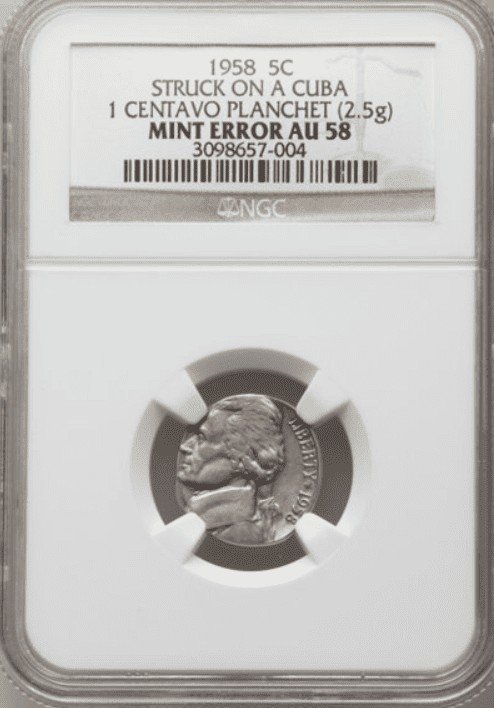
- Description: In 1958, the Philadelphia Mint struck various denominations, and occasionally, nickel designs were struck on the wrong metal planchet.
- Types & Value:
- 1¢ copper planchet: Worth over $500.
- 10¢ silver planchet: Typically $650–$1,000.
- Cuban 1¢ planchet: Extremely rare, often over $1,000.
- How to Spot: These coins will have incorrect weight, color, or diameter compared to a normal nickel.
Off-Center Strike
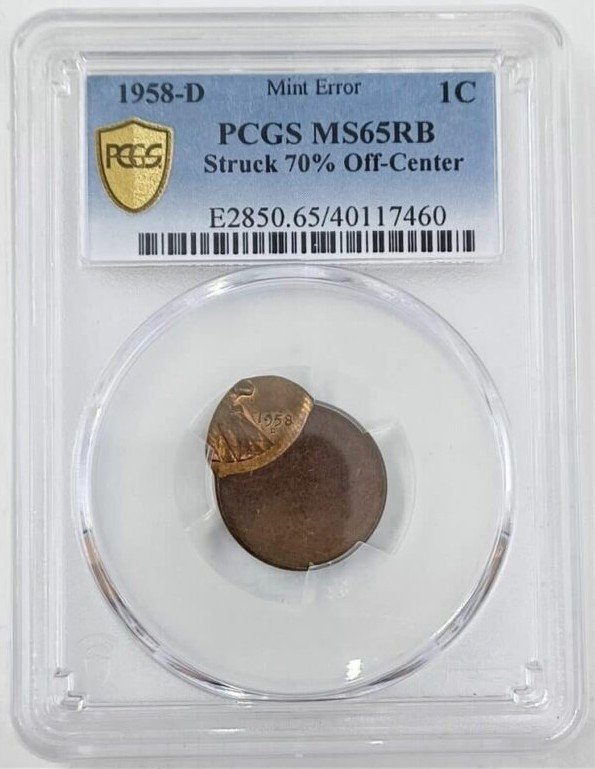
- Description: Happens when the blank planchet is misaligned in the press, causing part of the design to be missing.
- How to Spot: The coin will have a blank crescent-shaped area. The more off-center, the rarer — but the date must be visible for maximum value.
- Value: A 10% off-center strike is worth about $15–$20, while extreme examples (50%+ off-center with date showing) can reach $100–$400.
Die Breaks / Cuds
Value: Small cracks might add $5–$20 in value, while large and dramatic cuds can sell for $100–$150.
Description: Over time, dies develop cracks or even break, leaving raised metal lines (die cracks) or large missing sections of design filled with extra metal (cuds).
How to Spot: Raised lines radiating from lettering or devices for cracks; large, blob-like areas connected to the rim for cuds.
Where to sell your nickel?
Now that you’re aware of your nickel’s value, you may be curious about the best places to sell it. Don’t worry: here’s a rundown of some top online marketplaces where you can conveniently sell your nickels, along with their benefits and drawbacks.
Explore the best platforms for selling nickels online (advantages and disadvantages).
FAQ About the 1958 Jefferson Nickel
Q: What makes 1958 nickels rare?
A: Full Steps nickels in high grades, DCAM proofs, and certain mint errors are the most sought-after.
Q: Which 1958 nickel sold for the highest price?
A: An MS66+ FS Philadelphia nickel sold for $13,513 in 2019.
Q: Where is the mint mark located?
A: On 1958-D nickels, to the right of Monticello on the reverse. Philadelphia coins have no mint mark.
Q: Does the 1958 nickel contain silver?
A: No, it’s 75% copper and 25% nickel.
Q: Should I clean my coin before selling?
A: No. Cleaning can reduce a coin’s value significantly.
Q: How do I store my nickel to protect it?
A: In an airtight holder or certified slab, away from moisture and sunlight.
Q: Are proof nickels from 1958 valuable?
A: Standard proofs are common, but Cameo and DCAM examples in high grades are valuable.
Q: Can error coins be more valuable than standard Full Steps coins?
A: Yes, especially dramatic errors like wrong planchets or major off-center strikes.
Q: How can I tell if my coin has a doubled die?
A: Look for clear doubling in letters and numbers under magnification.
Q: What is the difference between Cameo and Deep Cameo?
A: Both have frosted devices and mirrored fields, but Deep Cameo has stronger contrast and is rarer.

